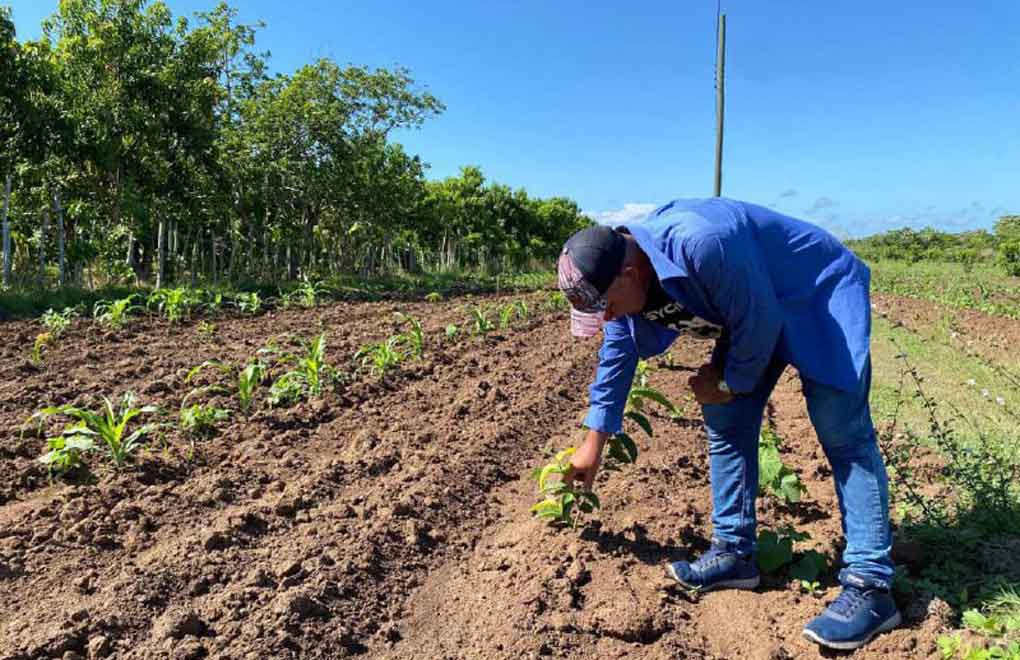
Camagüey, 22 Jul.- Cuba is strengthening Camagüey as the central axis of its agricultural production today with its export insertion, a priority line in the national economic strategy.
The province, the largest on the island, is focusing on this objective with actions, according to various regional media outlets.
The recently approved International Economic Association of the Ruta Invasora Agroindustrial Company marks a milestone, allowing, according to its director, Michel Ballate, to increase shipments of charcoal and secure key inputs for the provincial rice program.
According to local reports, the entity has already sold 257 tons of charcoal in Europe and is preparing a new shipment of 500 tons.
Its projections point to turning it into an export platform for more than 30 agricultural products with international demand. Camagüey media outlets highlight that the current planting campaign is facing obstacles due to the intense drought.
The Jimaguayú and Muñoz reservoirs, the main irrigation sources, are experiencing alarmingly low levels, affecting the rice-growing schedule.
Given this scenario, information from the region reveals that agricultural authorities have directed efforts toward the north of the province, where the popular rice movement aims to cover 17,000 hectares.
State-owned enterprises, which generate 85% of production, maintain their pace despite adversity.
Local sources report that the various crops exceed by 30% what was planned, with 1,400 hectares established. Priority is given to the use of marginal land for resistant crops, optimizing each available plot.
According to analyses disseminated in the region, Camagüey reaffirmed its position as the nation's leading rice producer in 2024 with 32,000 hectares.
Municipalities such as Vertientes and Florida are showing significant progress in self-sufficiency, while other localities are working to achieve similar food sovereignty. (Source: Prensa Latina)